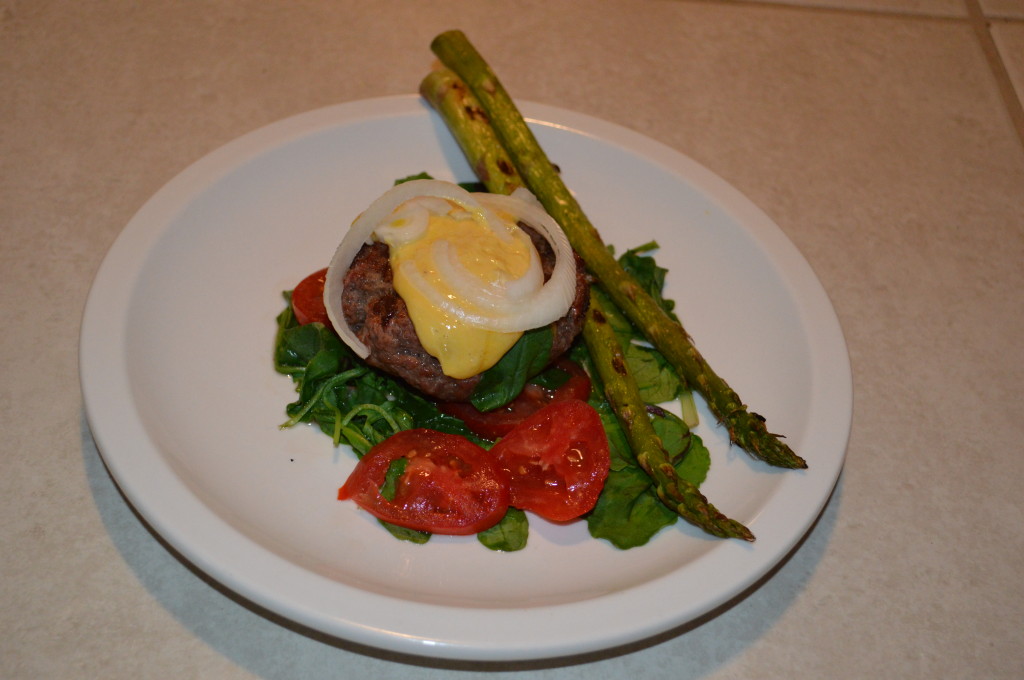I was cleaning out the refrigerator today and discovered a bottle of Kraft Fat Free Catalina salad dressing. It’s expiration date was March 17, 2007, and I have no idea how it has escaped detection for so long! On the surface it seems like a healthy product right? Fat free, is that healthy or what, it has to be right? Wrong. The second ingredient is “high fructose corn syrup”, an ingredient in our food products, which is speculated to be a leading cause of obesity in Americans. The fourth ingredient in the product is “corn syrup”. I can’t believe I bought this product – essentially, I bought a bottle of corn syrup with tomato paste, some spices, and Red dye 40 (to color it) mixed in. Just great! The worse part about it is I fed this to my children at one point.
There is hidden sugar in most food products. Check out your salt, more likely than not, it contains dextrose as an ingredient. Dextrose is a simple sugar – what the heck is it doing in salt one might wonder? What really gets me is the “natural” description on eggs, and people buy these, pay more, and think they are getting a superior product. Unless it says “organic, free range” eggs, you aren’t getting value for your money. Of course eggs are natural, they come out of a chicken butt.
The food industry is out of control. They will trick you with such terms as “healthy,” “natural” and “fat free.” Don’t be duped by false advertisement, read the ingredient labels on everything you buy before it enters your mouth. You may not want to eat it once you get past the hype and get down to the basics. Demand that your congressional representatives protect your right to know what goes into your food.

